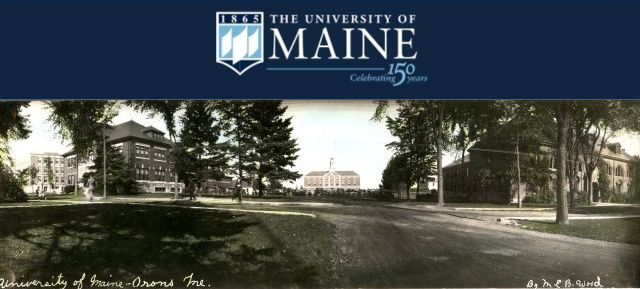
General University of Maine Publications
Document Type
Report
Publisher
Maine Forest Service
Publication Date
4-2020
Publisher location
Augusta, ME
Abstract/ Summary
As growing spruce budworm populations continue to fluctuate in Maine, the Maine Forest Service, University of Maine Cooperative Forestry Research Unit (CFRU), and our cooperator network are tracking populations carefully in anticipation of an approaching outbreak.
A comprehensive spruce budworm (SBW) monitoring program requires a multi-pronged approach. It relies on using methods such as pheromone trapping, light trapping, overwintering L2 larval sampling, and both ground and aerial survey. At the core of the Maine Forest Service (MFS) monitoring program lies the extensive pheromone trap network throughout western and northern Maine's spruce-fir forests. A permanent pheromone trap network was first established in 1992. It was made up of 80 sites operated by MFS, J.D. Irving Ltd, Penobscot Nation Department of Natural Resources, and the USDA Forest Service. The program grew substantially in 2014, and since then, with the support of a large team of stakeholders, the pheromone trap network now consists of hundreds of sites.
Repository Citation
Parisio, Michael; University of Maine Cooperative Forestry Research Unit; and Maine Forest Service, "Spruce Budworm in Maine 2020 Annual Report" (2020). General University of Maine Publications. 2070.
https://digitalcommons.library.umaine.edu/univ_publications/2070
Version
publisher's version of the published document
Rights and Access Note
This Item is protected by copyright and/or related rights. You are free to use this Item in any way that is permitted by the copyright and related rights legislation that applies to your use. In addition, no permission is required from the rights-holder(s) for non-commercial uses. For other uses, you need to obtain permission from the rights-holder(s). For more information, contact Special Collections.


